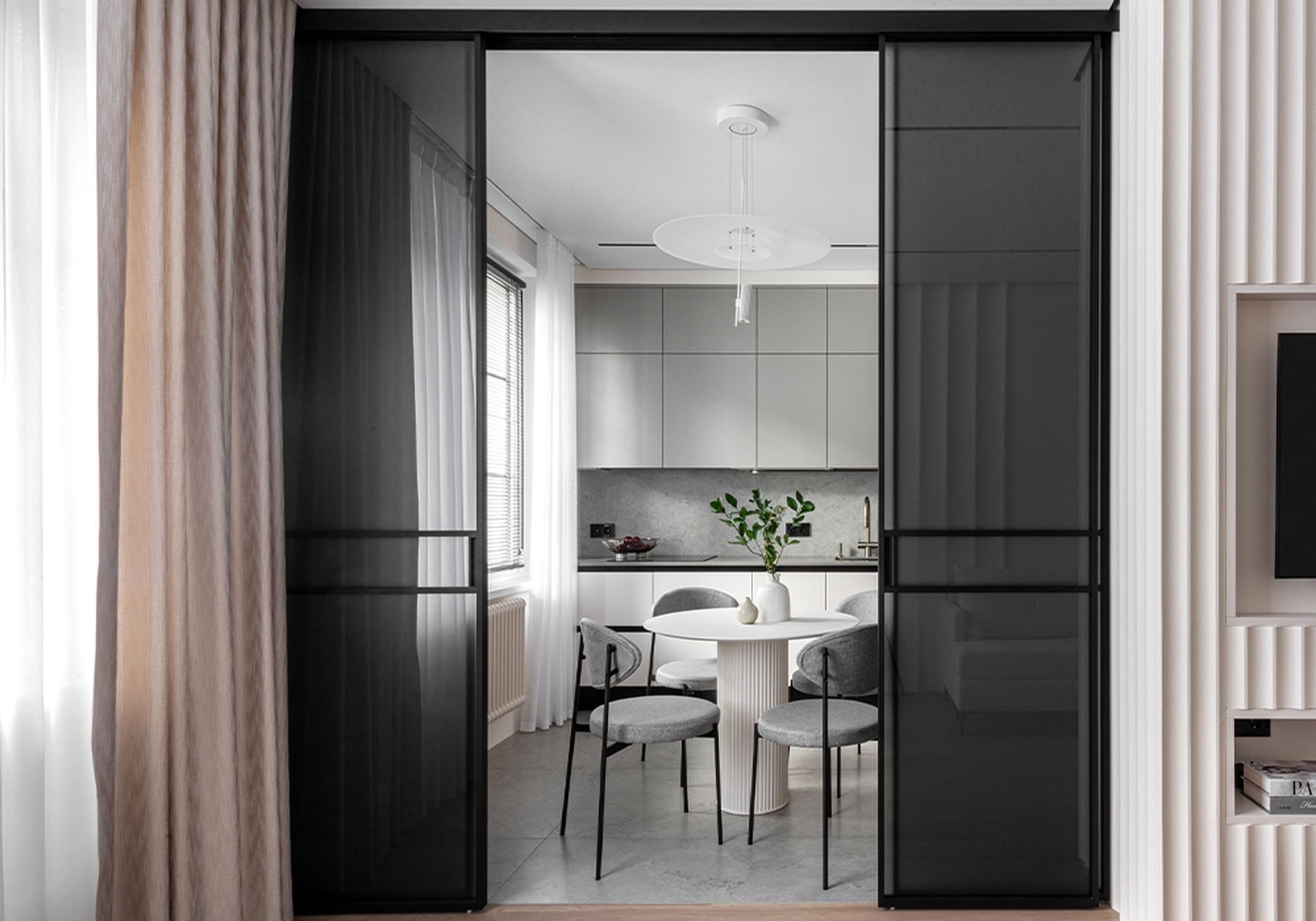
A Journey Through the Evolution of Culinary Spaces
The kitchen has long been the heart of the home, a place where food is prepared and memories are made. However, the concept of the culinary space has undergone a significant transformation in recent years. Redefining the traditional kitchen, modern culinary spaces have become a testament to design innovation, technological advancement, and shifts in societal behavior. This article explores how culinary spaces have been redefined, turning into multifunctional areas that cater to the diverse needs of contemporary living.
Integrating Technology into the Kitchen
One of the most prominent features of the redefined culinary space is the integration of technology. Smart appliances have become the norm, offering convenience and efficiency that were unimaginable a few decades ago. From refrigerators that can track expiration dates to ovens that can be controlled remotely, technology has made cooking and kitchen management an entirely new experience. These advancements not only make culinary tasks easier but also contribute to more sustainable living through energy-saving features and waste reduction.
The Rise of Social Kitchens
Kitchens are no longer just places to cook; they have become central to social interaction within the home. The rise of open-plan living has led to the merging of cooking, dining, and living areas, facilitating a more inclusive and communal environment. Culinary spaces are now designed to be inviting and comfortable, encouraging family and guests to gather and engage with the cooking process. Features such as kitchen islands, breakfast bars, and integrated seating areas have transformed kitchens into the ultimate social hub.
Multi-Functional Culinary Spaces
As homes have become more compact, particularly in urban environments, the need for multi-functional spaces has grown. Culinary spaces reflect this trend, often serving multiple roles such as home offices, dining areas, or even makeshift classrooms. Flexible design solutions, such as retractable work surfaces, movable partitions, and adaptable storage options, enable individuals to customize their culinary spaces to suit various activities throughout the day.
Aesthetics and Personalization in Kitchen Design
The redefined culinary space is not only about functionality; aesthetics also play a significant role. Homeowners are now more involved in the design process, seeking spaces that reflect their personal style and taste. This demand has given rise to a vast array of materials, finishes, and color schemes that can be tailored to individual preferences. Moreover, the appreciation for craftsmanship and unique design elements, like bespoke cabinetry or handcrafted tiles, adds character and soul to the modern kitchen.
Sustainable Kitchens: Embracing Eco-Friendly Practices
Environmental awareness has reshaped the way we approach kitchen design and usage. The modern culinary space is increasingly eco-friendly, with a focus on sustainable materials, energy-efficient appliances, and practices that reduce waste. Composting, recycling centers, and the use of non-toxic, renewable materials are becoming standard features in the kitchen. This shift not only benefits the planet but also promotes healthier lifestyles for the people using these spaces.
Conclusion: The Future of Culinary Spaces
The redefined culinary space reflects a blend of form and function that meets the demands of today's diverse lifestyles. Through technological integration, social connectivity, and multi-functionality, combined with a personalized aesthetic and commitment to sustainability, the kitchen has become more than a place to prepare meals—it's a versatile, engaging, and conscious environment that embodies the spirit of modern living. As we move forward, we can expect culinary spaces to continue evolving, adapting to new innovations and changing societal needs, while remaining the vibrant centerpieces of our homes.